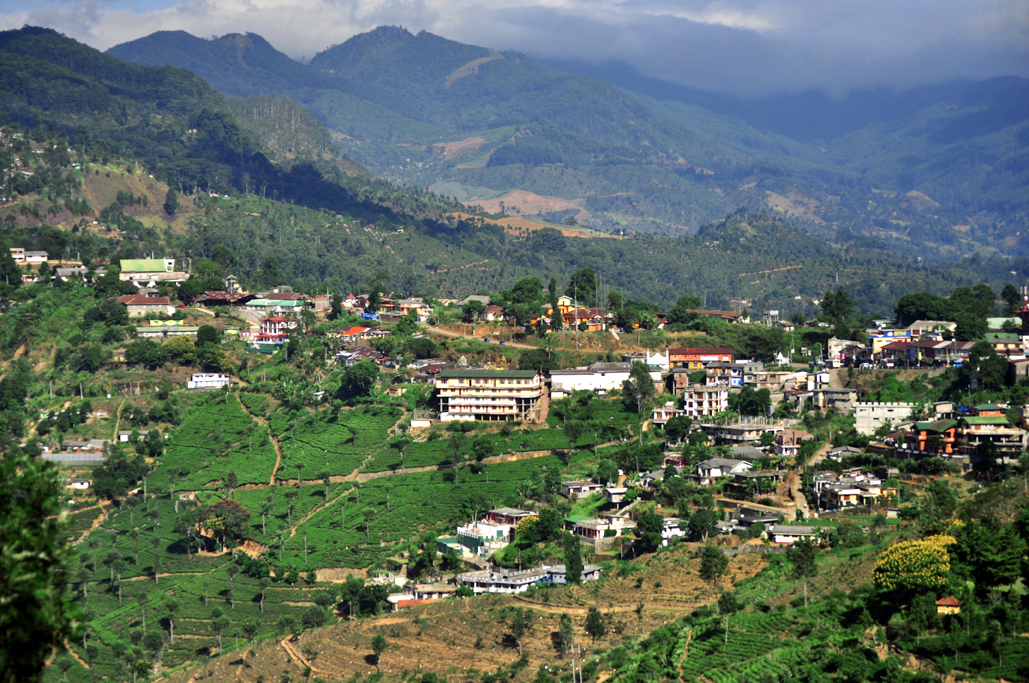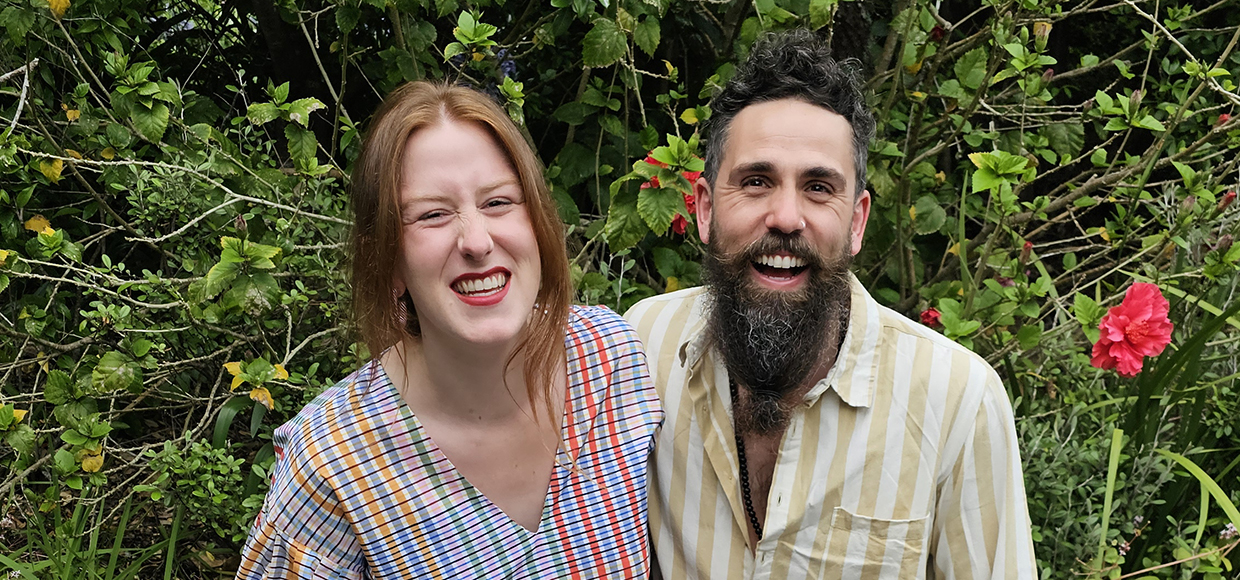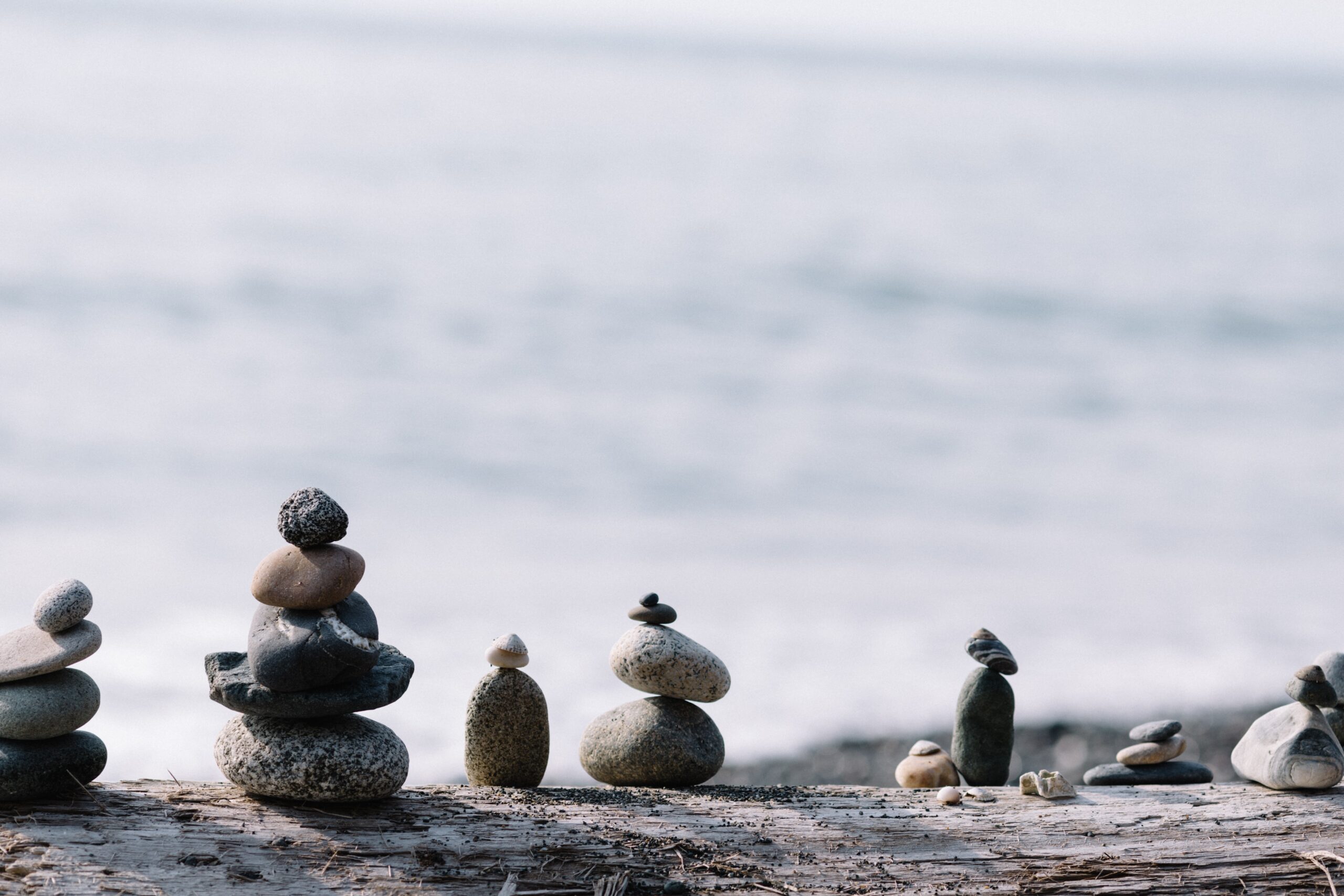It’s one of the last places in the world where tea is picked the age-old way – by hand. But change is brewing
“Two leaves and bud, only the top two leaves and bud,” repeats Merwin Periera patiently. He’s the 77-year-old tea estate manager taking me through Tea Picking 101. I quickly realise that while picking sounds like a simple task, there’s a knack to getting it right each time.
As Periera leads me up the estate’s steep, stony paths, his brisk gait and mountain stamina are impressive – the result of many decades of hard work in the tea country of central Sri Lanka. He says the many cups of tea he drinks each day also help. “Most definitely the secret to my good health,” he grins.
Mist is a constant companion as we walk the plantation – we’re at high altitude, about 1,400m above sea level. To me, time appears to stand still, but it’s an ordinary working day for everyone else. Since 6am, the dexterous Tamil women (and the occasional man) dotted along the slopes of this estate have been picking two leaves and a bud from each bush, at a pace which sees some of them collecting 16-18kg of tea leaves a day.

There are few places left where tea is still picked by hand, but there’s a strong case for the tradition. Machine harvesting often collects twigs, which can taint the tea’s distinct flavour. The top two leaves of the bush make the best tea, and the precision to pick those efficiently can come only from human hands. With more than 140,000 people involved in tea picking, it’s little wonder that this small island’s estates produce some of the finest tea in the world.
Sri Lankans have had a lot of practice in getting it right. In 1867, British entrepreneur James Taylor started the first tea plantation in Ceylon (as Sri Lanka was then called) after importing tea bushes from Assam in northern India.
He couldn’t have known that the coffee industry, thriving in Ceylon at that time, would be destroyed by a disease known as blight. But coffee’s failure paved the way for the runaway success of Camellia sinensis – tea.

Today, Sri Lanka is the world’s fourth-largest tea producer. In order to support intensive cultivation, most plantations use vast amounts of chemical pesticides and fertilisers that leach into the soil, degrading its quality. Extensive pesticide use prevents earthworms from flourishing, which further destroys soil structure and contributes to land erosion.
Some estates have gone right back to basics, such as Greenfield Bio Plantations, a Haputale estate that’s certified organic and Fairtrade. It was one of the first estates to embrace the ethical changes sweeping the industry, both in its treatment of workers and its cultivation methods.
Greenfield’s worm farm is fed by organic waste and tea prunings. While worms work their magic on the waste, diluted worm poo is collected and sprayed onto tea plants. Worm compost is added directly to the soil, spreading eggs to propagate more worms while maintaining balanced soil composition.
The result is a holistically managed crop with no traces of chemicals, and a land enriched rather than depleted of nutrients. What’s more, switching to bio-organic fertilisers and vermiculture has helped plantations such as this to significantly increase their yield.
Inside the factory, walls are covered in rust-brown tea dust. The air is sweet, citrusy and crisp with the smell of freshly fired tea. Women and men in khaki factory coats go about their jobs with military efficiency. Much like the estate, the processes here seem to carry on in a manner unchanged for years. Mid-century machinery chugs on ceaselessly, creating a rhythmical working soundtrack. Every few hours, all goes quiet as workers break for a cup.

There’s no time to waste on a tea estate. After picking, leaves are taken to the factory where they’re wilted for 18-24 hours to rid them of moisture. This helps the leaves stay whole when they’re rolled. Rolling releases the essential oils – this is when the colour, flavour and strength of the tea develops. It’s then laid out to oxidise, releasing tannins and enzymes that react to the air, turning the leaves coppery brown. Ceylon black tea is 100 percent oxidised whereas light or green teas undergo less oxidation.
The leaves are fired to lock in the flavour and prevent further oxidation. The tea is graded by sifting it through meshes, then packed into giant bags labelled with stencils. The highest grade is ‘orange pekoe’ and the lowest is the ‘fannings’, or tea dust, which are often used in teabags. As an Indian brought up on full-bodied whole-leaf tea, I avoided teabags until I discovered that some exporters do use whole tea in bags.
Sri Lanka’s tea industry employs nearly a million people. Those charged with growing, maintaining and harvesting the tea are mostly of Indian Tamil origin. Like their counterparts in sugar, coffee and rubber plantations elsewhere in the world, the Indian Tamils of Sri Lanka’s tea estates arrived as indentured labour.
They were first brought by the British from 1827 to work on coffee estates, though some migrated from South India as merchants or hired workers. Lured by the prospects of a good income and a comfortable life, by 1855 hundreds of thousands of Tamils were arriving at high-country estates to live in conditions that were not remotely comfortable.
Transplanted from the hot terrain of South India to the cool, thin air of central Sri Lanka’s hill country, they were given dingy living quarters away from the estates. Their ‘line rooms’ were Spartan spaces lacking privacy and dignity, allocated according to the Hindu caste system and what type of job a person carried out.

Under the unyielding plantation hierarchy, pickers were often treated like serfs and their living quarters reflected this, while British imperial law meant trade unions were forbidden.
Tamil tea workers have faced many struggles over the years. In 1964, the Sri Lankan government made 600,000 Tamils repatriate to India, while many of those that remained became stateless. Tamil tea workers were finally given Sri Lankan citizenship by 1990.
Since the Fairtrade system gained a foothold here, conditions are improving for Sri Lanka’s tea plantation workers. As a result of the Fairtrade system, workers are more aware of their rights, the state is making an effort to improve working conditions, and the world is watching the results.
Better wages, schools and medical care are more common, and workers’ unions are now influential. Some of the workers’ houses have extra rooms, and community gardens are common.
But life isn’t yet rosy for today’s tea workers. Line rooms are cramped, neighbours are rather close for comfort, sanitation is poor, and the lack of privacy has negative effects on girls and women.
Tea might be Sri Lanka’s biggest cash crop, but the people at the backbone of this giant industry are among the nation’s poorest – many earn only about 380 rupees each day (NZ$3.60), with women earning significantly less than men on non-Fairtrade estates.

Walking down the narrow lanes around the line rooms, I meet 34-year-old Vatsala, who has spent her entire life on the estate. Although her parents never went to school (there wasn’t one), Vatsala was educated in one of the nationalised tea country schools, and manages a crèche for workers’ children.
As well as the crèche, there is a small primary school, very similar to one Vatsala went to. While she has no plans to move away, Vatsala tells me about those who left the hills – young girls who took jobs as nannies and housemaids in other parts of Asia. A tea worker earns about 10,000 rupees a month (NZ$94), often to support a family of four to six. Those who leave to work as domestic help in Malaysia earn around three times that amount.

Back at the factory, the 70-year-old manager Mr Radhakrishnan says things look uncertain for the industry. Fuel costs have spiked, making all operations expensive. Income is falling, workers’ unions are agitating for strikes, and the labour supply is rapidly dwindling. In all his decades on the estates, Radhakrishnan has never seen this level of uncertainty.
So who will pick the tea now? Central Sri Lanka is too hilly to use machines extensively, says Radhakrishnan. He feels the day will soon come when estates are divvied up and distributed to tea-workers’ families to manage individually.
“Who knows what will happen,” he says as we wait for our tea to brew. Three minutes, no less. In the background, the factory’s ancient machines hum. Taking comfort in the sound, Radhakrishnan settles back in his cane chair to sip his cup of strong Ceylon tea.
At the end of the day, Tamil women drop off their last loads of two leaves and a bud at the factory, just as women have done for hundreds of years. The impending changes might just be their cup of tea – one that is richly deserved.

In search of an ethical brew?
There are currently 12 Fairtrade certified tea producers in Sri Lanka, comprising about 25,000 farmers and workers. Fairtrade certification means workers receive decent wages greater than or in line with the legal minimum wage. Estates also receive a ‘premium’ of US$0.50-$1.10 per kilogram (depending on the tea grade) which cannot be used for the benefit of the company owners.
Sri Lanka’s Stockholm Tea Estate, which sells 30 percent of its tea on Fairtrade terms, has used its premium for a variety of community initiatives: an ambulance, halls for social and religious events, electricity in workers’ homes and entrepreneurial projects to supplement workers’ income.
Many tea estates in Sri Lanka face problems that are a result of decades of poor trading and low prices on the world market. Fairtrade is about long-term development; to become certified, companies must meet environmental and social standards as well as economic ones. Fairtrade certified tea available in New Zealand includes the brands Scarborough Fair and K’tea.
–Natasha van der Laan





